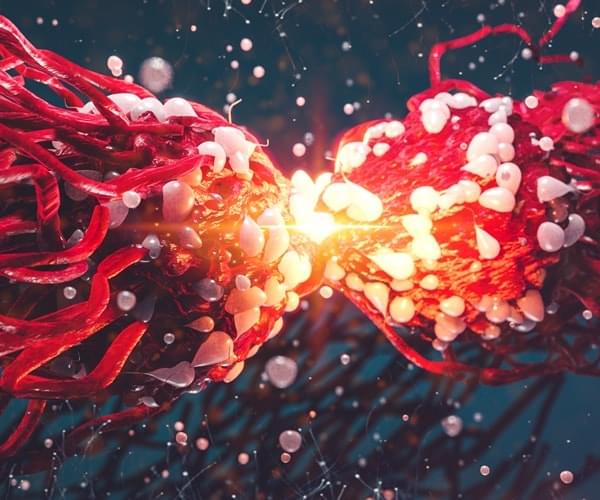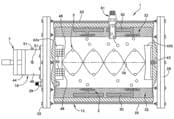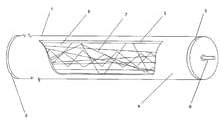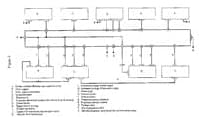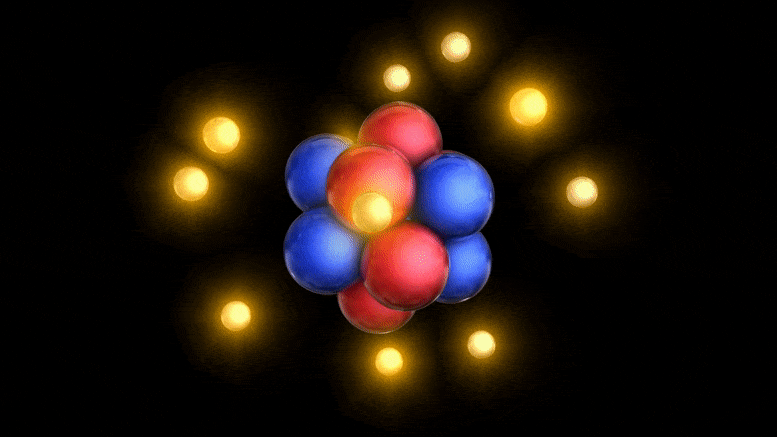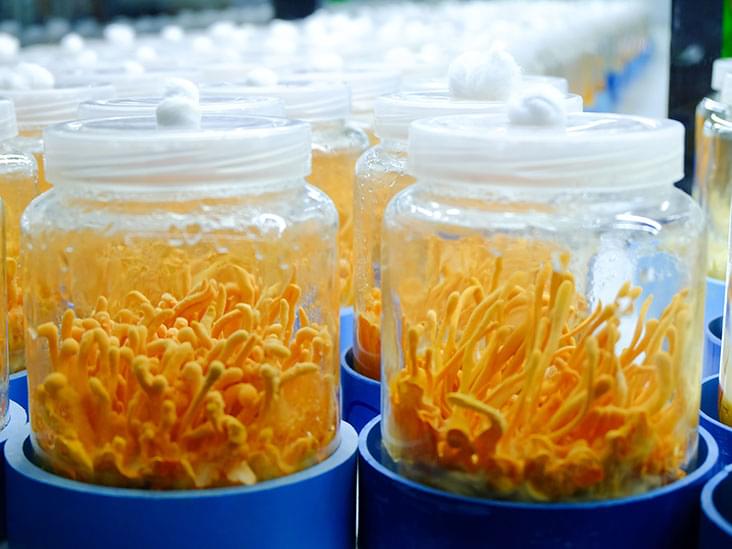Oct 22, 2022
Particle Physics Pushing Cancer Treatment Boundaries
Posted by Genevieve Klien in category: biotech/medical
Researchers at Europe’s science lab CERN, who regularly use particle physics to challenge our understanding of the universe, are also applying their craft to upend the limits to cancer treatment.
The physicists here are working with giant particle accelerators in search of ways to expand the reach of cancer radiation therapy, and take on hard-to-reach tumours that would otherwise have been fatal.
In one CERN lab, called CLEAR, facility coordinator Roberto Corsini stands next to a large, linear particle accelerator consisting of a 40-metre metal beam with tubes packed in aluminium foil at one end, and a vast array of measurement instruments and protruding colourful wires and cables.
